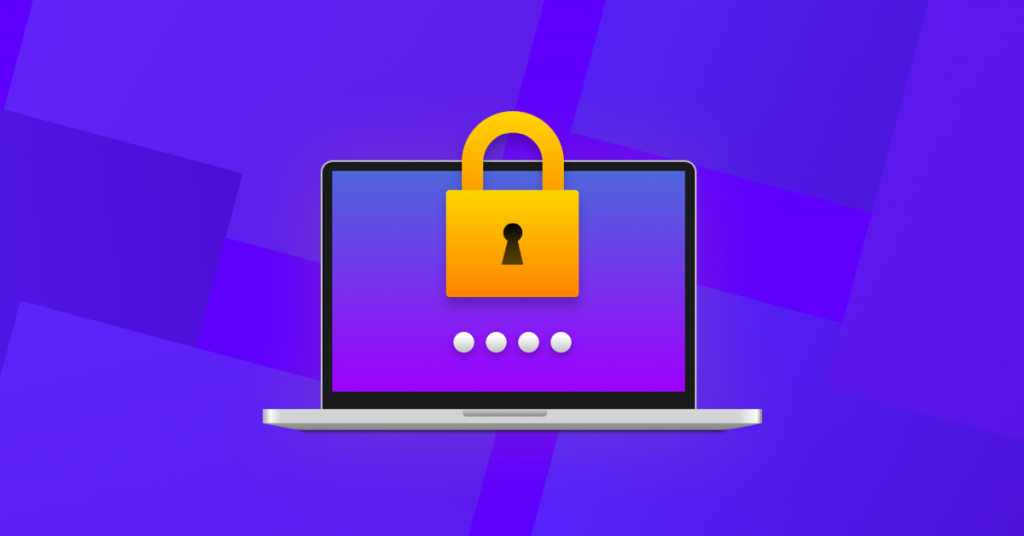 Sharing passwords is something you shouldn’t do. And if you have no choice, do it with the right tool. Safety above all.
Sharing passwords is something you shouldn’t do. And if you have no choice, do it with the right tool. Safety above all.
In a previous article I commented that sharing passwords is not as secure as we might think. Precisely, sharing those passwords is one of the reasons why someone can access our files, emails, messages or documents. Someone known or a third person. The less exposed our passwords are, the more secure they will be.
But it has happened to all of us at some time that we have no choice but to share a key or password with someone. Good because we share access to the same service as online storage or email. Or because it is a paid service that allows you to share passwords. Be that as it may, sharing a password or access code has its risks. And that is why we must take precautions.
Let’s look at different ways to share passwords securely. It will help you whether you share secret keys at work or at home, with your family or with friends. The goal is to minimize the danger of having your secret keys circulate beyond you. But first, you should be prepared .
Precautions before sharing passwords
All precaution is little. So before you send that password to someone else , try to take the following actions into account. They are not infallible but they will make it more difficult if someone discovers that password and wants to use it without your permission. Or if the person you’re sharing passwords with isn’t as trustworthy as they seem. Or, simply, if that person has had the password you sent them stolen.
- One passwordfor each account. Don’t recycle keywords.
- Change your password
- Change the password if you have quarreled or broken a relationshipwith whom you shared passwords.
- Do not keep passwords in plain sight, neither physically nor digitally.
- Activate two-step authenticationon all your accounts.
These are some precautions. In this article you will find a few more. And now, let’s see how to share those passwords if you have to. Remember to do it with the least number of people, make sure they are completely trustworthy and/or warn them of the dangers of sharing passwords so that they prepare just like you do .
Dashlane is one of the most popular password managers
Sharing with password managers
Password managers are the best allies for keeping secret keys . In addition, they are currently available on most devices, are integrated into applications and web browsers, and offer additional services such as generating strong passwords or, for example, secure password sharing.
Managers as popular as 1Password, LastPass, Dashlane, Keeper, Bitwarden or RoboForm have functions to share passwords with family, friends or coworkers. It is that each member of a group or team has their own private account and, at the same time, there is a space in which to share certain passwords. Among its peculiarities, in this shared space you can see who has access and the number of times they have accessed. This way, if there is a security breach , it will be easier to detect where it started.
This function is usually paid, but it is worth it. And in addition to secret keys, it is also used to keep notes with sensitive information . On the other hand, current password managers check if the keys you save appear in leaks , so you will receive a prompt to change that password as soon as possible.
Temporary WhatsApp messages block screenshots but are not infallible
Share keys with temporary messages
This method is not recommended , but it is more comfortable and cheaper than the previous one. It is about taking advantage of the fact that applications such as WhatsApp, Telegram, Snapchat or Signal have temporary messages or that they disappear after a few seconds. That, together with the default encryption of messages, should help a little to prevent the password from falling into the wrong hands. But we shouldn’t happily share secret keys over instant messaging. Let alone by email.
Thus, if there is no other choice, we can send a password through a private conversation in one of the mentioned applications. To give you a little more security, we should enable temporary messages . In WhatsApp , for example, they are activated by clicking on the contact icon, within the conversation. Then we click on Temporary messages and indicate when they will disappear. The shortest option is the best. That is, 24 hours. In Telegram , you can open private chats directly. And in its settings, you have the option to self-destruct at the time interval you choose.
If you share a password in parts it will be more difficult to find it
Sharing in parts across multiple channels
In secret agent style, the best way to share something important is to do it in parts. So you only have the complete information if you put all those parts together. To understand us: use different communication channels to provide the password. This ensures that the password safely reaches the right person. And that if that password falls into the wrong hands, it will be for other reasons.
There are different ways to split the password . For example, indicate which service or product responds to that password, provide the associated email address and, finally, the password. Three parts. And, to give you more security, that password can be divided into two or more parts. Then, each part of the message (service + username + password) is sent by different sources: email, instant messaging, private messages on social networks… Each source, a part of the message. No relation between them
